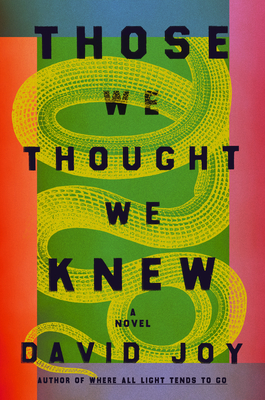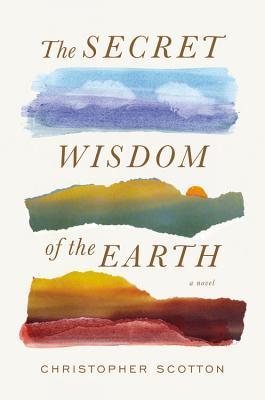
Those We Thought We Knew
Book Description
A single gunshot shatters the tranquility of a small Appalachian town, igniting a chain reaction of betrayal, secrets, and heartache. As old wounds resurface and long-buried truths claw their way into the light, friendships fracture and loyalties are tested beyond recognition. In the shadow of the unfolding tragedy, the characters grapple with their histories, trying to decode the thin line between love and vengeance. The beauty of the landscape contrasts with the turmoil within, creating a gripping tapestry of despair and resilience. When everything they thought they knew is thrown into chaos, will anyone emerge unscathed?
Quick Book Summary
"Those We Thought We Knew" by David Joy explores the aftermath of a shocking act of violence in a small Appalachian town. The story weaves together themes of race, betrayal, and the complexity of human relationships as the repercussions of a single gunshot disrupt the community's fragile peace. Long-suppressed secrets rise to the surface, causing bonds between friends, neighbors, and family members to break and reforged in unexpected ways. The beautiful yet isolating Appalachian landscape serves as a dramatic backdrop for the characters’ emotional turmoil, particularly as they confront the blurry lines between justice, vengeance, and forgiveness. Joy's literary prowess invites readers to ponder whether true understanding and reconciliation are ever fully possible in the wake of tragedy.
Summary of Key Ideas
Table of Contents
The Persistence of Racial and Cultural Tensions
A devastating gunshot acts as the catalyst for explosive change in a close-knit Appalachian community, pulling longstanding racial and cultural tensions into sharp focus. While the town has long maintained an outward appearance of tranquility, underlying divisions—especially in relation to race and memory—are unearthed in the wake of the violence. The event prompts both individuals and the community to grapple with their own prejudices and assumptions, forcing uncomfortable but necessary confrontations with the past and present.
The Complexity of Loyalty and Betrayal
The impact of betrayal and the nature of loyalty take center stage as relationships fracture under the weight of suspicion and grief. Friends and families must reckon with their allegiance, sometimes finding themselves at odds with those they love. The book explores how trust, once lost, is incredibly difficult to regain, and highlights the emotional toll that such ruptures can have, not just on individuals, but on the entire fabric of a community already under strain.
Uncovering Hidden Histories and Secrets
Joy masterfully reveals how secrets—some recent, some buried deep in family and town histories—begin to surface amid the chaos, shifting the moral landscape and altering the readers' understanding of the characters’ motivations. These revelations not only complicate the investigation into the violent act, but also expose the layers of guilt, shame, and unresolved trauma that have shaped the community’s collective consciousness for generations.
The Role of the Appalachian Landscape
The Appalachian setting is intimately woven into the story, providing more than just a backdrop; it shapes the characters’ identities, perspectives, and choices. The beauty and isolation of the region offer both solace and constraint, reflecting the inner turmoil of the townspeople as they struggle with their own demons. The land itself acts as a silent witness and participant in the unfolding drama, mirroring both the resilience and despair that define the story’s emotional landscape.
The Search for Resolution and Healing
As the narrative builds toward its conclusion, the townspeople seek resolution and healing, but Joy resists delivering easy answers. Instead, the novel asks whether genuine understanding and reconciliation are even possible after such deep wounds. The ending underscores both the fragility and vitality of community bonds, ultimately leaving readers to ponder the enduring consequences of violence and the tenuous hope for redemption amid suffering.
Download This Summary
Get a free PDF of this summary instantly — no email required.





